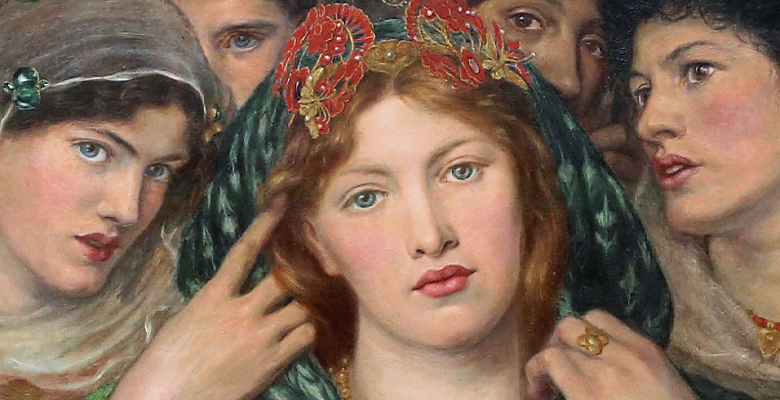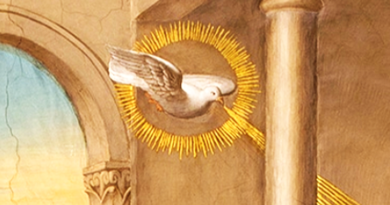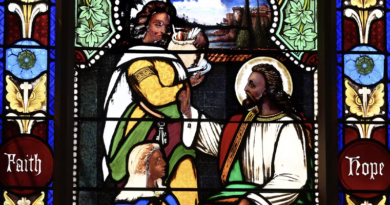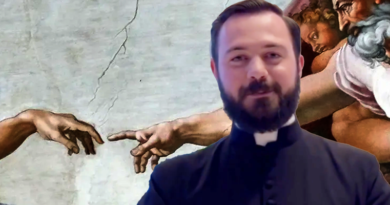Song Of Songs As Ultimate Winner of Eurovision Song Contest – Music, Love & Sacred Art
All song competitions are similar in one thing – to display in musical and verbal form the deepest intimate experiences of the singer. Festival of San Remo, Eurovision song contest, the Voice. Singers are judged, some songs vanish and some remain for a while, and there is one song that remains forever – the Song of Songs.
The Song of Songs is one of the books of the Old Testament in the Bible. It’s a collection of erotic love poems, whose connection to each other has been debated by scholars. There are two main characters who express their feelings and thoughts in a poetic form. One of them is a male character who proudly displays his love and his beloved. The other character is a female lover, and to her the essence of love is the intimacy between her and her beloved.
This is a very very brief description of the Song of Songs. Let’s look at this sensual, provocative and deeply intimate song as it is depicted in visual arts, in paintings.
The Beloved (The Bride) by Dante Gabriel Rossetti, 1866
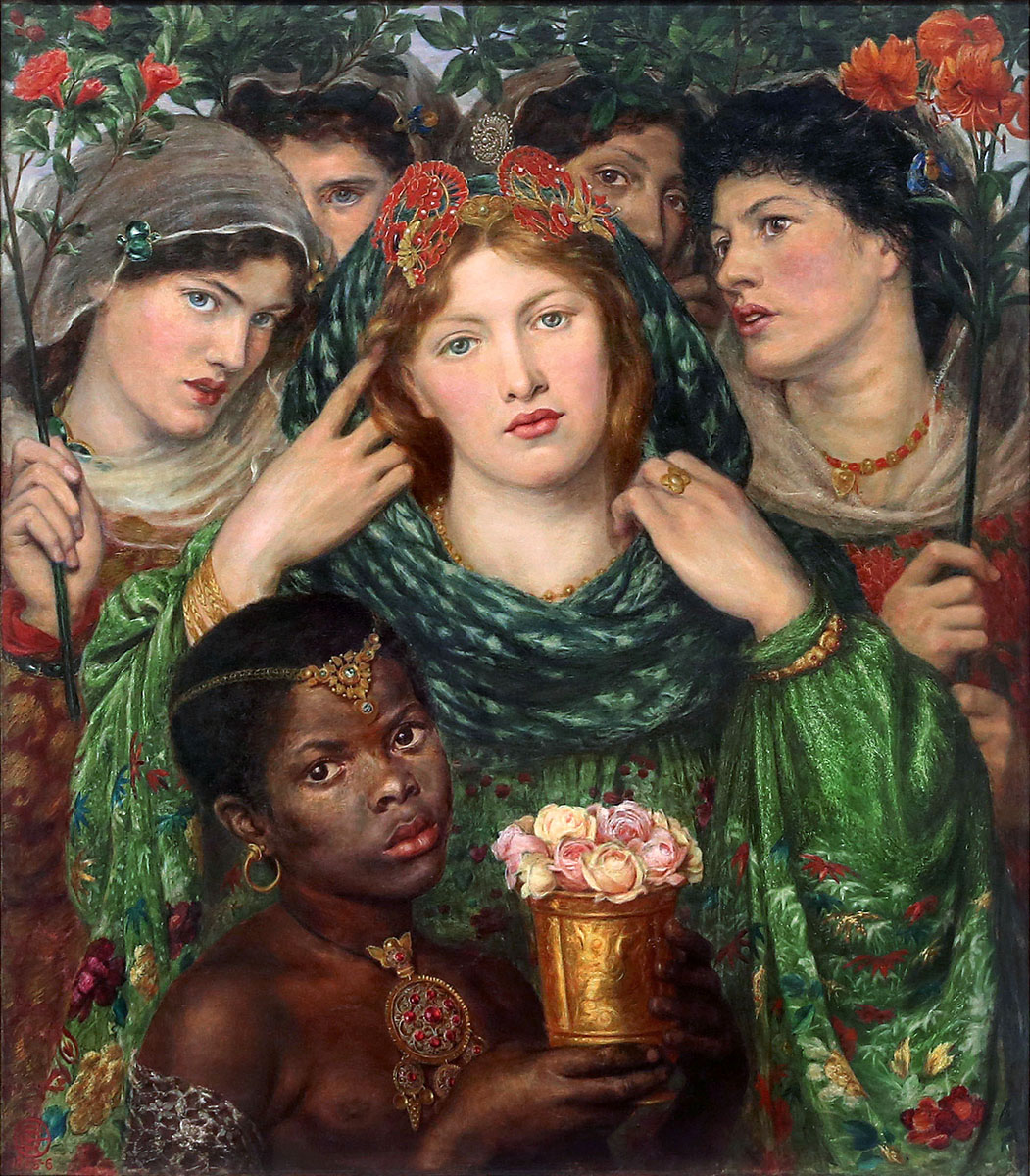
Dante Gabriel Rossetti (1828–1882), an English Pre-Raphaelite artist, was brave enough to create a direct visual analogue of the poetic text of the Song of Songs. Even though it’s obvious that Rossetti approached the biblical text very freely. The dark skin color of the main female character (many verses in that book are dedicated to this) is in fact present in the painting… – This dark skin tone belongs not to the main female lover in the painting but to a half-figure of a dark skinned male servant.
To make sure that everybody understands that it’s the bride from the Song of Songs, Rossetti puts two from the Song of Songs on the gilded frame of the painting:
“My beloved is mine, and I am his” (Song. 2:16)
and
“Let him kiss me with the kisses of his lips: for your love is better than wine” (Song 1:1)
And now, when it’s all clear, the bride lifts her veil, surrounded by the choir of “maidens of Jerusalem”.
La Shulamite. Song of Songs by Gustave Moreau, 1851
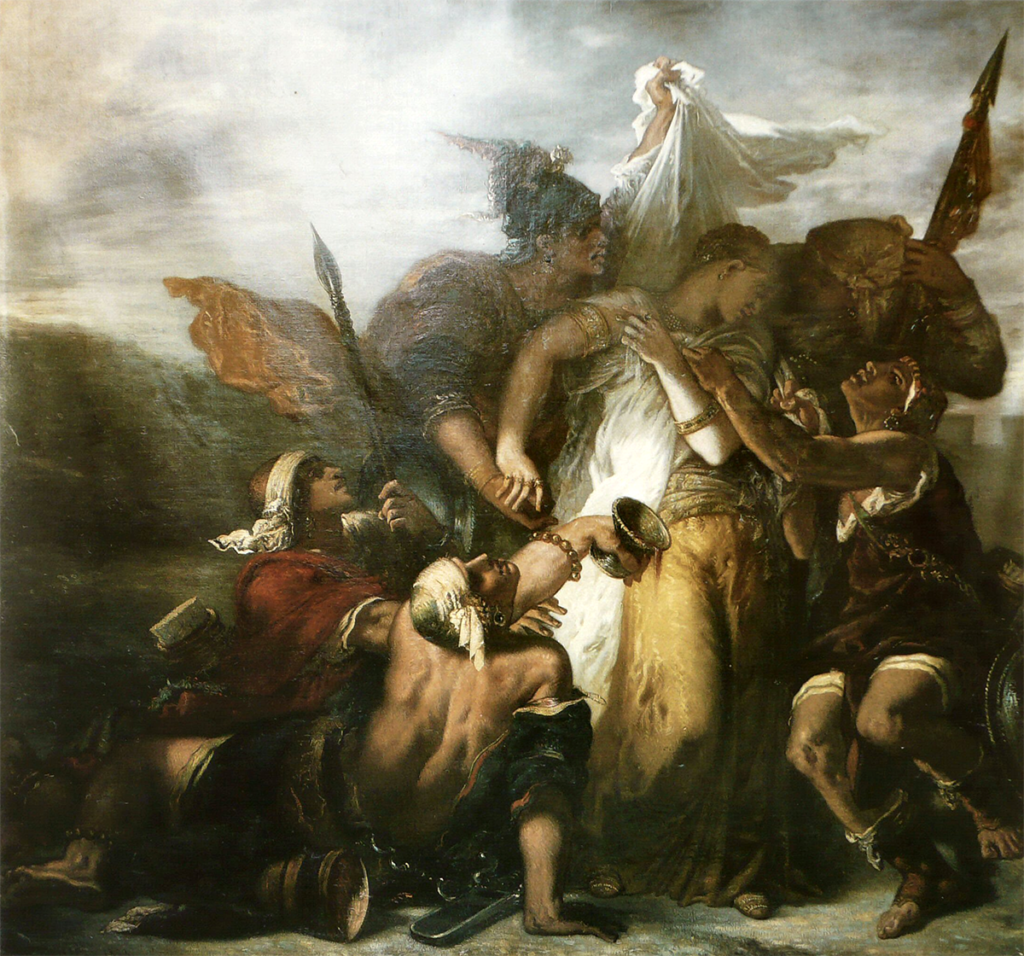
Gustave Moreau (1826–1898), a French visual artist and an important figure in the French Symbolist movement, might just be the first to portray an incident from Song of Songs in a naturalistic manner – his painting “La Shulamite” is extremely violent.
I met the watchmen Who patrol the town; They struck me, they bruised me. The guards of the walls Stripped me of my mantle (Song of Songs, 5:7:)
The Shulamite is surrounded by a group of drunken soldiers. They will not protect her or help her find her lover, they are about to abuse her. She pushes away one of the soldiers, who lifts her veil aggressively, causing another soldier to spill the chalice of wine he is offering her. Moreau has turned the city guards into a drunken gang. This is the nightmare of the Shulamite and the danger faced by a lone woman.
Song of Songs II by Marc Chagall, 1957
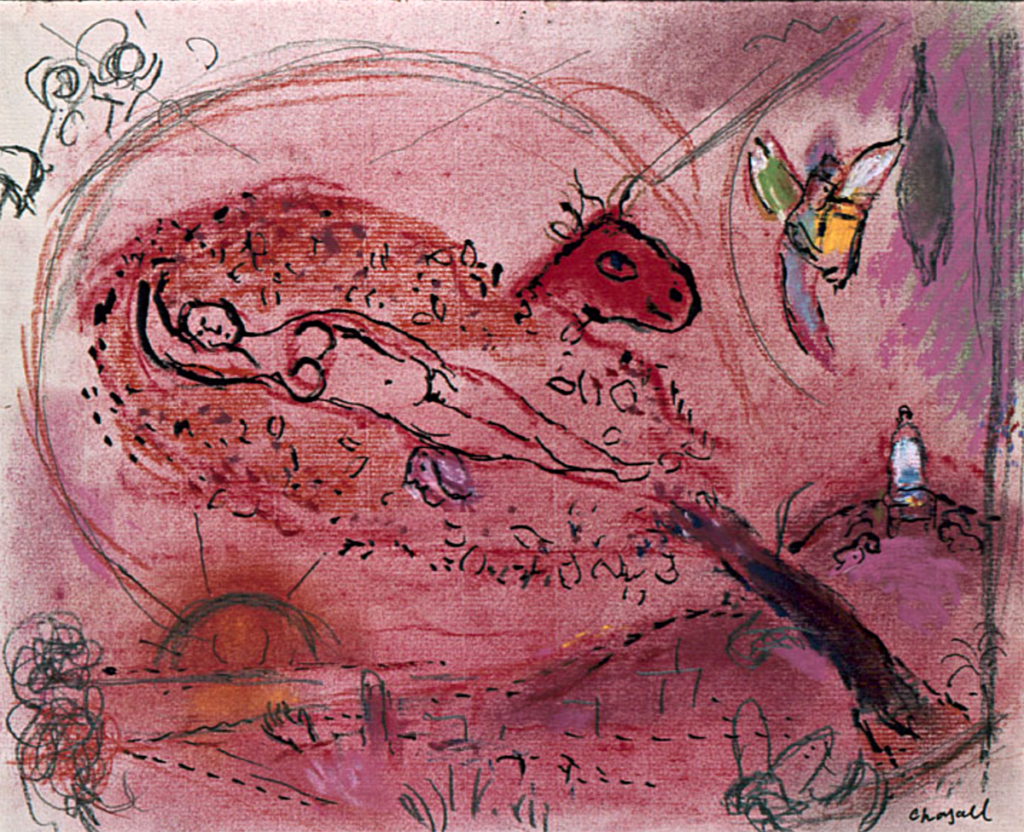
Marc Chagall (1887–1985), a Russian-French artist and an early modernist of Paris School, depicted a uterus in his Song of Songs II and the breasts and the belly of the beloved woman in the Song of Songs III.
Or course, this is not an illustration of any particular passage from the Song of Songs, but only Chagall’s expression that he had from that book of the Bible.
This painting, with the beloved lying on a bed, soon to awaken for love, might look like a collage, created during quite some time, with elements being added. A dark silhouette is reaching for the central figure of the nude woman, this might be the shadow of the male lover. From underneath of the bed the donkey comes, symbolizing the animal passion, he also could be the association with the Messiah.
I Will Betroth You To Me Forever by Salvador Dalí, 1967
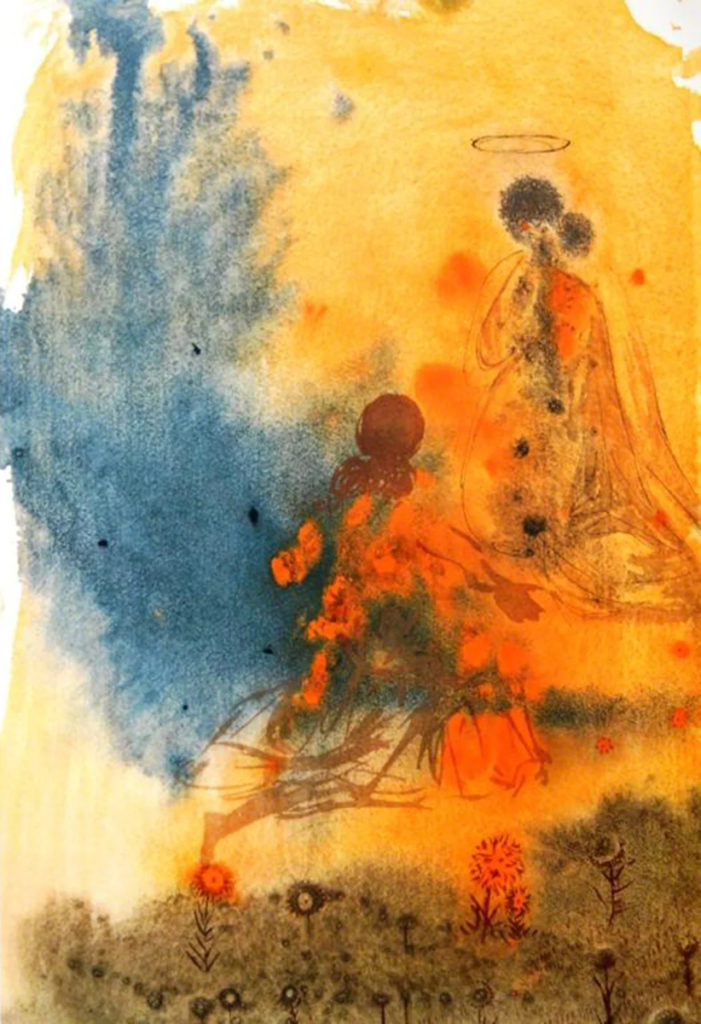
Salvador Dalí (1904–1989), a Spanish surrealist, creates an image which absolutely comes from an allegorical interpretation of the Song of Songs – the love of Jesus and Mary. However, the quote – Song of Songs 2:12 –accompanying the painting brings also another meaning.
Flowers have appeared on our land, it’s time to prune: The voice of the turtle is heard on our land
The phrase used in the title of the painting is taken from Hosea 2:22:
And I will betroth you forever.
In other words, Dali brought together two biblical verses. Hosea’s explicit use of marriage and weddings as a metaphor for the relationship between God and Israel and the love relationship in the Songs, as understood metaphorically by both Jewish and Christian traditional exegetes.
Song of Songs by Egon Tschirch
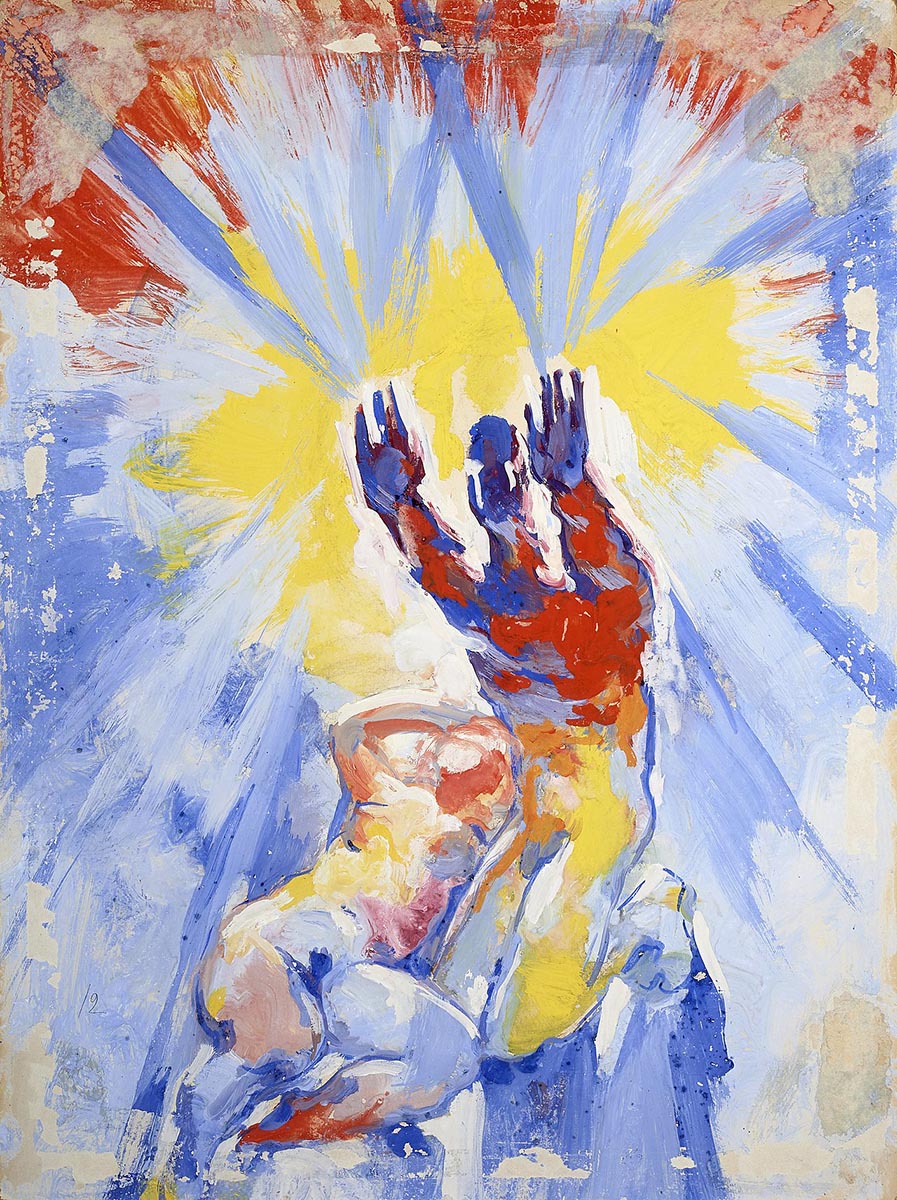
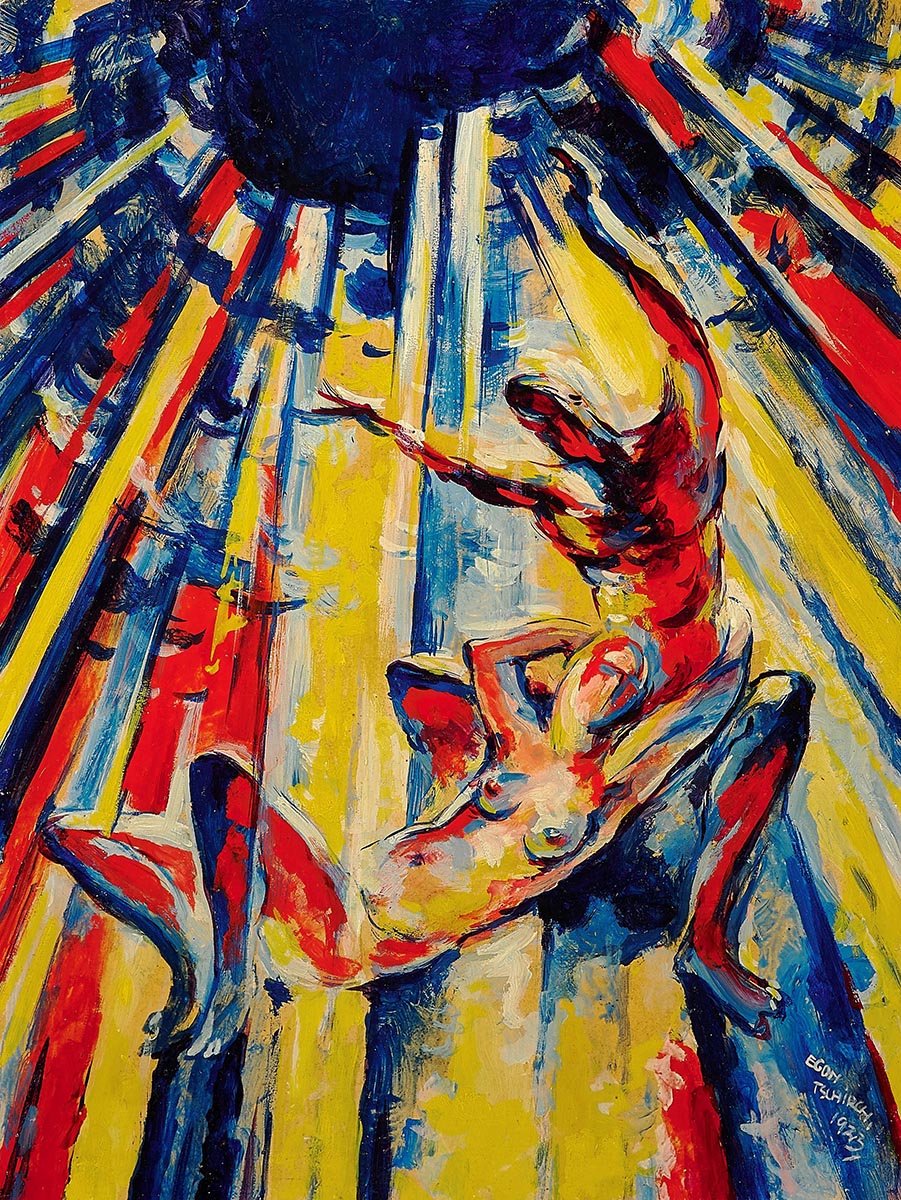
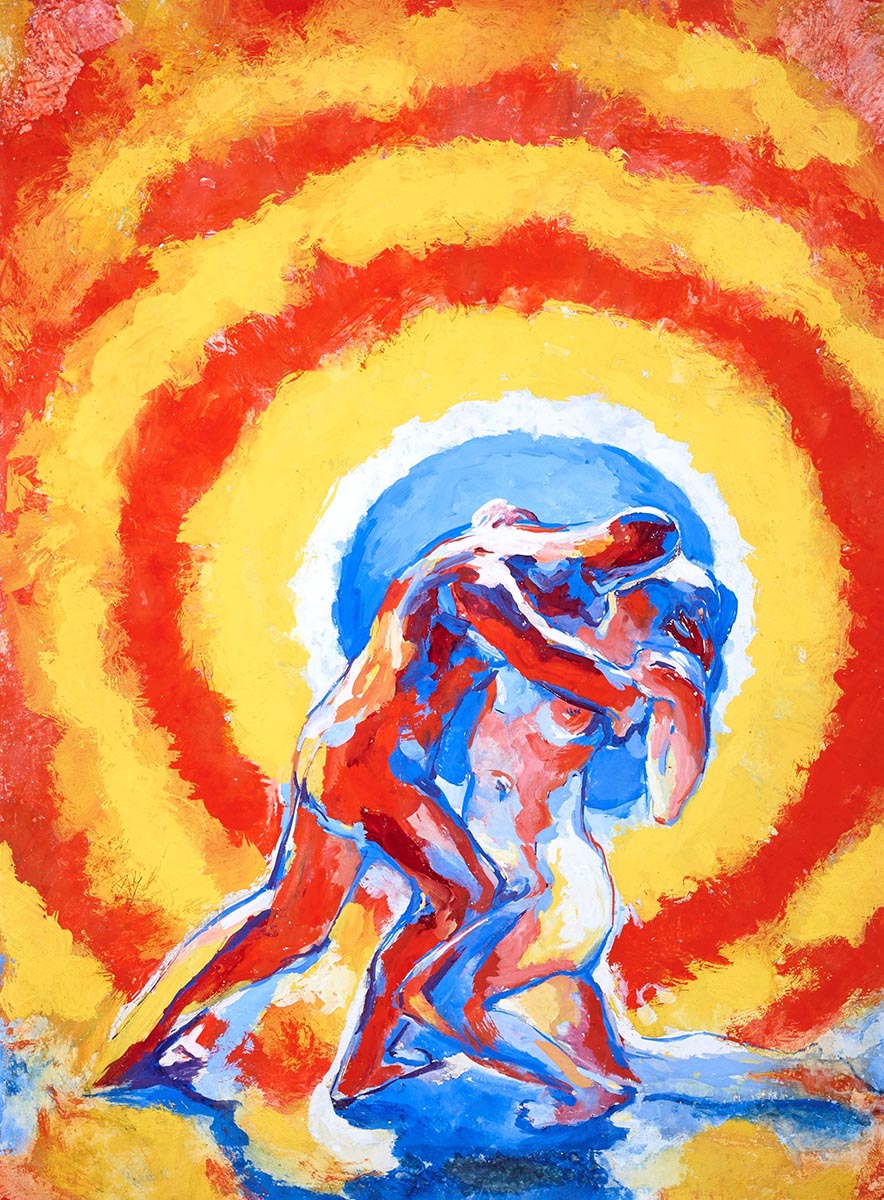
Egon Tschirch (1889–1948), a German expressionist artist, is probably one of the most passionate artists in regard of the Song of Songs. At the age of 30 years old, Tschirch created over 50 paintings to this topic. This series of paintings, created just with the primary red, yellow and blue, are rich, expressive, dynamic. A man and a woman, professing their love for each other, are celebrating their longing for each other and satisfaction, separation and reunion.
Why No Renaissance Paintings About the Song of Songs?
Christianity of 15th–17th centuries, preferred not to pedal the plot of the Book “Song of Songs”. it was preferred to expropriate the lovers’ storyline and, changing the characters beyond recognition, transform the erotic hymn of carnal love into a description of spiritual love.
The image of the male beloved becomes a prototype of Jesus, and the image of Shulamith, the female beloved, is used by early Christian artists as an image of Virgin Mary and and of the Church, as the bride of Christ.
It was not the right time for eroticism. Neither it is now if you are talking about liturgical art. However, nowadays in a modern-day Europe an artist won’t (at least I hope so!) be judged, condemned or even beaten to death for creating an erotically explicit painting on a biblical subject.

Dimitri Ross
Dimitri Ross, a contemporary figurative visual artist. Based in Florence, Italy. Currently he masters the academic painting and sacred art in Florence by deepening his artistic research on painting techniques of the Italian Renaissance.


